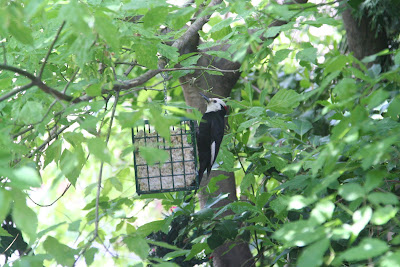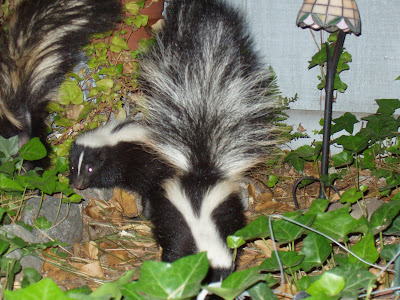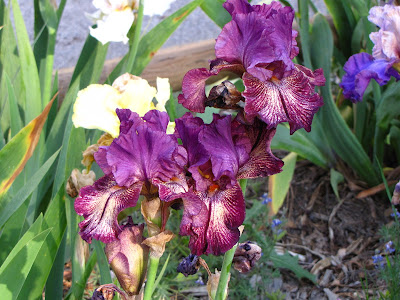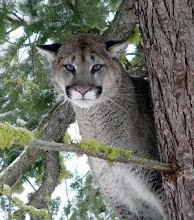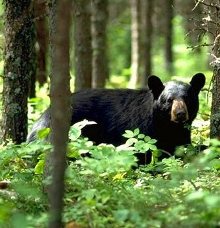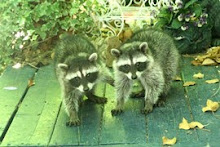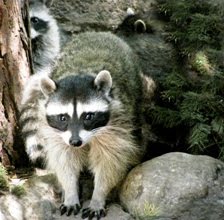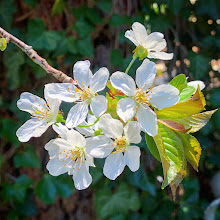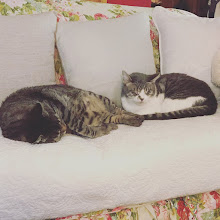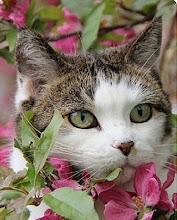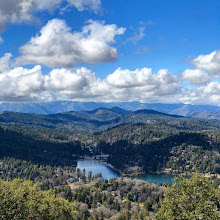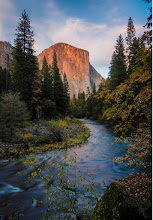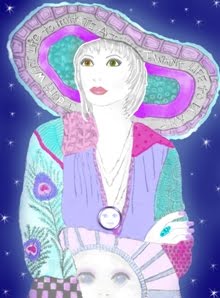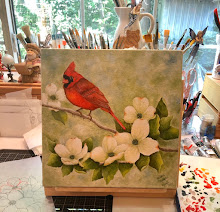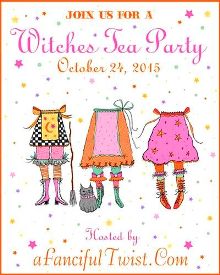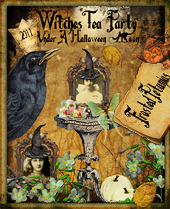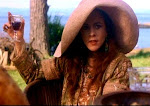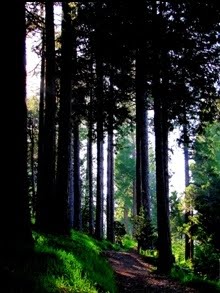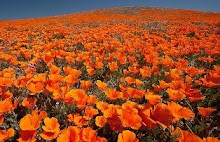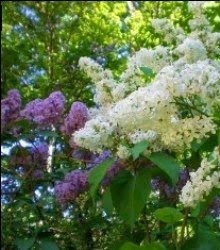
This is a close-up photo of the blossoms of a Arctostaphylos pringlei, ssp. Durpacea, commonly called Manzanita here in California. The individual blossoms are tiny, only about a quarter of an inch long. I've always thought they look like little lampshades that faeries would use. Or, maybe they turn them upside down and use them as cups...
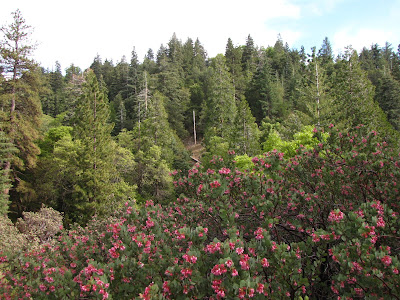
They grow all over these mountains, from about the 4,800 foot level to around the 7,600 level in altitude. This sub-species, Durpacea, is only found in California. Manzanita means 'little apple' in Spanish. The blossoms form little red berries which, if you use your imagination,
sort of look like little apples. The birds and the bears love them. All Manzanitas, also called Madrone, are members of the Heath family, which includes blueberries, huckleberries, cranberries and, most surprisingly, rhododendrons and azaleas!
The Yuhaviatam (people of the pines) used the berries to make a cider-like beverage. The Yuhaviatam are known now as the Serrano Indians, but that's the name the Spanish invaders gave them, not the name they chose for themselves. Unfortunately, the Yuhaviatam had no written language, so I don't know what they called the Manzanita.

Manzanitas can grow up to six feet tall. This picture doesn't do the beautiful reddish bark justice. The branches are prized for their twisting, curving shapes. However, it's illegal to cut them unless one has a permit from the Forestry Service, and even then there is a strict limit on how many can be harvested. When a Manzanita dies, over a period of years the wood is bleached to a silvery grey by the sun; then it's called 'Mountain Driftwood.'

 This was taken in August of last year. Instead of looking in the direction of the sun, I was caught by the colors that the setting sun was imparting to the clouds, and its gilding of the land, trees and buildings.
This was taken in August of last year. Instead of looking in the direction of the sun, I was caught by the colors that the setting sun was imparting to the clouds, and its gilding of the land, trees and buildings. 




